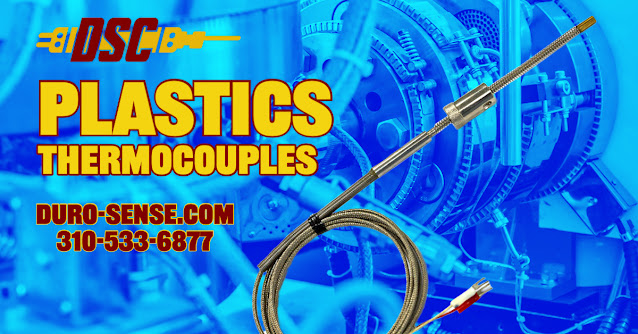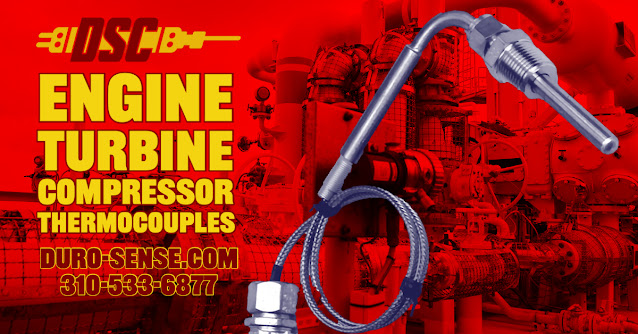Various industrial applications widely use thermocouples and RTDs for temperature measurement. The choice of which to use depends on the application's specific requirements. Here are some industrial applications where one may be better suited than the other:
Industrial Applications where Thermocouples are better suited:
- High-temperature measurements: Thermocouples can measure temperatures ranging from -270°C to 2700°C and are more suitable for high-temperature measurements than RTDs.
- Quick response: Thermocouples have a faster response time than RTDs and are suitable for measuring fast-changing temperature processes.
- Harsh environments: Thermocouples can withstand harsh environments, such as high-pressure environments, corrosive or abrasive materials, and vibration, making them more suitable for applications where the temperature probe becomes exposed to such environments.
- Low cost: Thermocouples are relatively inexpensive compared to RTDs, making them a preferred choice in cost-sensitive applications.
Industrial Applications where RTDs are better suited:
- High accuracy: RTDs have higher accuracy than thermocouples and are, therefore, more suitable for applications that require precise temperature measurements.
- Stable and repeatable: RTDs are stable over time and offer repeatable measurements, making them a better choice for applications where process control is critical.
- Wide temperature range: Although RTDs have a lower temperature range than thermocouples, they can still measure temperatures as low as -200°C, making them more suitable for low-temperature applications.
- Longer lifespan: RTDs have a longer lifespan than thermocouples and are a better choice for applications where longevity is critical.
Examples of industrial applications for thermocouples:
- Steel industry: For measuring temperature in furnaces and blast furnaces.
- Petrochemical industry: For measuring temperature in pipelines, storage tanks, and reactors.
- Power generation: For measuring temperature in turbines and boilers.
- Glass industry: For measuring temperature in glass furnaces.
Examples of industrial applications for RTDs:
- Pharmaceutical industry: For measuring temperature in bioreactors and other critical process equipment.
- Food industry: For measuring temperature in food processing equipment.
- Aerospace industry: For measuring temperature in aircraft engines and other high-precision applications.
- Laboratory and research applications: For measuring temperature in calibration and testing equipment.






